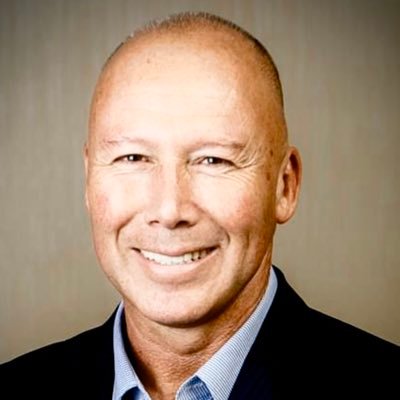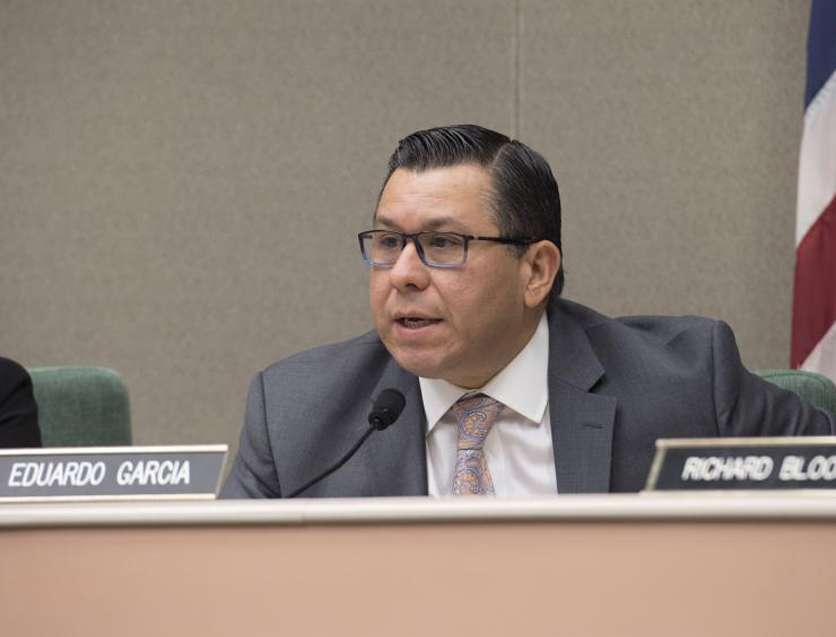In a unanimous decision, the Air Resources Board (CARB) last week approved a plan to phase out all open agricultural burning by 2025 in the San Joaquin Valley. Since the Air Pollution Control District in the valley advanced the plan to the board in November, farmers and industry groups have been putting pressure on CARB and the Newsom administration to increase the amount of incentives funding that supports alternatives to open burning. CARB members have now added their support as well.
“We're negotiating and waiting for finality. But the governor can actually reduce this in major ways if he would just put the funding into the May Revise to end this practice once and for all,” said board member Dean Florez, encouraging Gov. Gavin Newsom to be “hyper focused” on incentives as he refines his state budget proposal.
Almond and wine grape growers lobbied especially hard against the ban and were met by a force of environmental advocates—including the Sierra Club of California—who called for an immediate ban rather than the phased approach. They pointed to the initial legislation aiming to end the practice, presented as Senate Bill 705 in 2003 by Florez when he was a state senator. It provided exemptions when alternatives were economically infeasible. Florez detailed how challenging it was to gather support for the measure, which was part of a large package to clean up air in the state, and said he believed at the time the exemptions were key to passage. It cost him relationships with ag representatives who are still engaged on the issue today.
“I don't think we spoke for about 10 years, maybe even a decade, with a lot of hard feelings about that,” he said. “It was a hard deal for agriculture to come into the clean air realm.”
Alternatives remain overly expensive and are too early in development for many growers.
“If we lose the ability to use flame cultivation in a timely fashion, it will make it impossible to farm organically,” said almond grower Steve Koretoff in his testimony to the board. “We cannot allow weeds to get out of control. If the harvest gets caught in the overgrown weeds, it can cause a loss of crop and create habitat for pests that attack the almond orchard, and also for food safety issues.”
The costs for alternatives to burning will add as much as $2,000 per acre to vineyard operations, said Fresno County Farm Bureau CEO Ryan Jacobsen. This would hurt California farmers who must compete worldwide as “price takers not price makers.”
Almond grower Daniel Bass has invested more than 30 years in collaborating with manufacturers to come up with shredders that could work in their orchards.
“It does take time to develop that technology,” he said. “Try not to take tools out of our toolbox, like burning, before we have viable alternatives.”

CARB board member Dean Florez
Small farmers like Stan Chance say they cannot afford to pay $1 million for chipping and grinding equipment to incorporate agricultural waste into the soil as mulch. He said the issue is further exacerbated by market demands. Private contractors will prioritize 100 acres over 10.
“It's easy math: $100,000, or he can come to my place for $10,000,” said Chance.
Another almond grower, Jenny Holtermann, said small, targeted burns can be much more effective. The lingering wildfire smoke last year put her burns on hold for five months until the district allowed burning again. Holtermann added that shredders will contribute more fossil fuel emissions in the valley and strain rural roads with so many contractors continually shifting across small parcels. She said this would also not solve the problem of diseased wood that cannot be reincorporated into the soil.
Yet the concerns for air quality outweighed those from farmers. In her first major public hearing as the newly appointed CARB chair, Liane Randolph separated herself from her predecessor Mary Nichols by framing the issue around communities of color.
“My goal at CARB going forward is to always check ourselves and make sure we are considering how our decisions as a board look at ways to address both the current and historic challenges that have been applied inequitably, and that the opportunities we create prioritize those who've been shouldering those challenges, particularly people of color,” said Randolph.
In presenting the framework plan for banning burning to the board, Samir Sheikh, who directs the air district, called it “very bold” and aggressive and the first ban of its kind in the country. Sheikh also recognized how public-private partnerships have accelerated the transition away from burning.
Western Agricultural Processors Association CEO Roger Isom emphasized this when countering arguments from environmental advocates that the industry has done little since SB 705 was passed.
“Every single time that EPA, CARB and the air district have come to us to reduce emissions, we have done just that,” said Isom. “We have been looking under every single rock to try to find solutions.”
He noted the role of farmers in adopting more than 100 conservation management practices to help the valley be the first area in the country to reach federal attainment standards for fine particulate matter. The region also “blew out of the water” goals for nitrogen oxide reductions. But alternatives won’t happen overnight, Isom cautioned, as he asked for CARB’s support in finding incentives funding.
Dani Diele, a policy advocate for the Agricultural Council of California, said the industry has proven that incentive dollars matched with private investment can go a long way to reduce ag burning.
“California is on the forefront of creating the loftiest environmental goals in the world,” said Diele. “Because of this ambitious mindset, it is imperative the state continue to invest in environmentally transformational practices.”
Through a pilot project launched in 2018, the air district has allocated $25 million in grants and launched a bioenergy collaborative to search for alternatives. Manuel Cunha, president of the Nisei Farmers League, said the USDA Natural Resource Conservation Service has committed to work with the industry and district to put $20 million a year toward alternatives in the valley. A report to the board notes that as much as $30 million annually will be needed to further support the transition.
“There is going to be not only a major incremental cost of some of these practices, but the need to develop some major infrastructure as well,” said Sheikh. “There's going to be a wide variety of things that are going to need to happen to really handle the volume of material that we're talking about today.”
Diele argued the additional dollars cannot come from existing programs for healthy soils and greenhouse gas reduction and pointed to California’s Low-Carbon Fuel Standard as one option. The Bioenergy Association of California stressed the agricultural residue is a resource and should not be looked at as a waste material. It can be converted to biochar for permanent carbon sequestration and carbon-negative energy, said a policy advocate. This could replace diesel and backup generators and be used in heavy duty trucks where no zero-emission options exist.

Asm. Eduardo Garcia, D-Coachella
Anticipating the board’s decision, several farm groups said they looked forward to working with the air district over the next six months as it develops a strategy for implementing the plan. Robert Spiegel, a policy advocate for the California Farm Bureau, pledged support for the resolution but said the solutions will require further dialogue.
Others appreciated the four-year phased approach. Bradley Kalebjian, who represents an orchard and vineyard removal business in Madera and Fresno Counties, said this additional time will allow further development of simpler technologies than bioenergy, such as air curtain burners.
Interested in more coverage and insights? Receive a free month of Agri-Pulse West.
While a couple environmental activists called the practice of ag burning ancient and labeled farmers as greedy for contributing to some of the worst air quality in the country, the Environmental Defense Fund recognized that farming plays an important role in the local economy and growers will need resources to adjust to the ban. Board member Tania Pacheco-Werner similarly said California must give the industry real tools to stop burning. The board’s agriculture member, John Eisenhut, also encouraged the air district to further support the industry by not adopting a higher fee structure to disincentivize burning.
Several board members also echoed comments from advocates in pushing for a better public notification system for those burns that are still permitted over the next 36 months. This included board member Diane Takvorian, who added that she was also not confident the industry will actually come into compliance by the 2025 deadline. Pacheco-Werner pushed back on adding further monitoring, saying the state should instead prioritize its resources on ending burning.
Assemblymember Eduardo Garcia, the legislative member of the board, however, recognized that environmental justice advocates in his Coachella district had been calling for this as well and suggested introducing a bill for statewide monitoring. CARB Executive Director Richard Corey beat him to it, saying he is already working on a regulatory pathway for statewide monitoring and will soon present his proposal to the board.
While Corey pointed out that the plan approved by the board does not actually require incentives to be in place for the air district to implement the measures, he recognized the need for further dialogue.
“We have a tremendous amount of work to do over the next six months,” said Corey.
For more news, go to www.Agri-Pulse.com.


